
SWT/KWS AMBOSELI MOBILE VETERINARY UNIT
JULY 2025
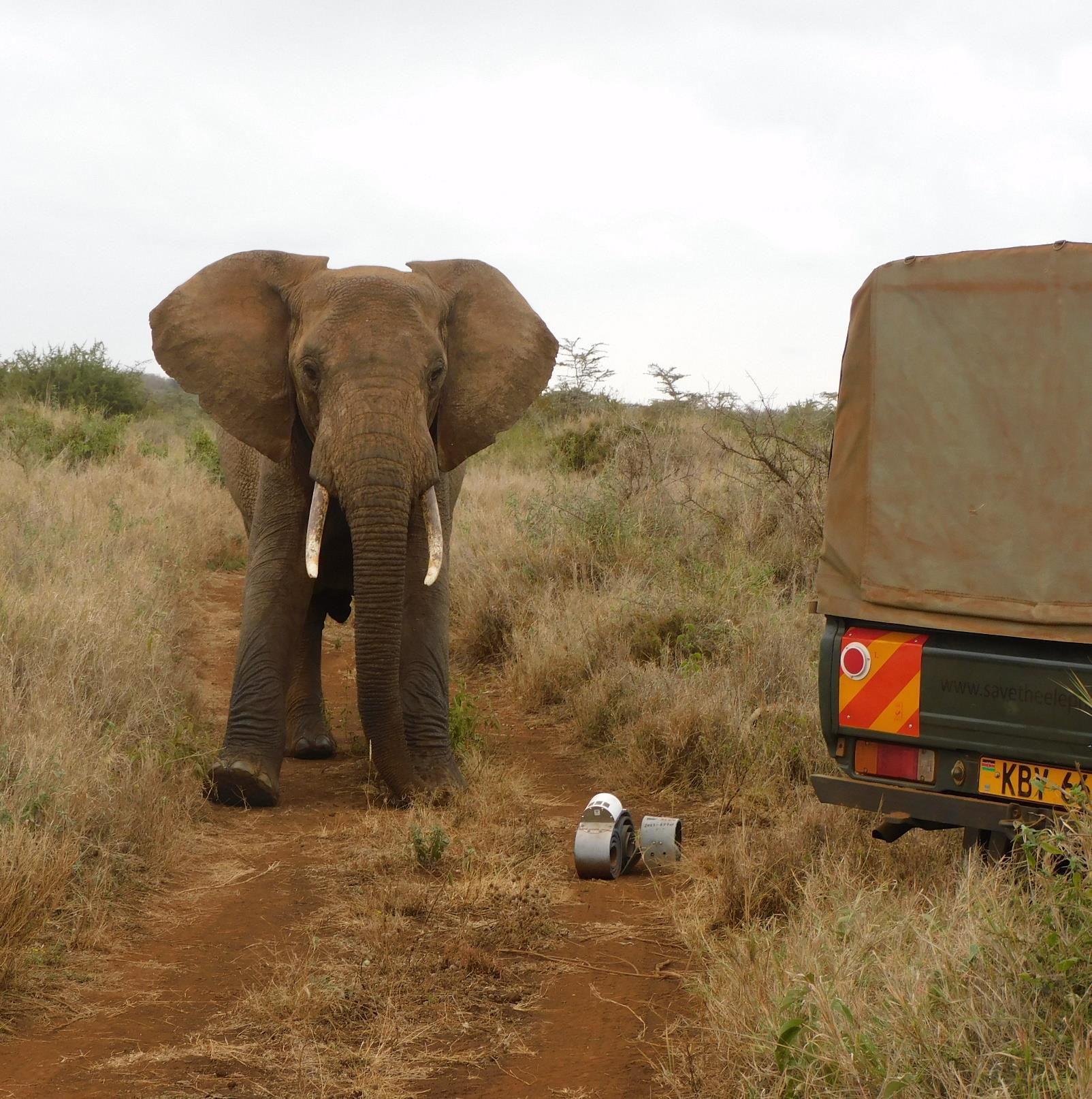


6 Cases in August 2025
August Report by Dr. Kariuki Edward

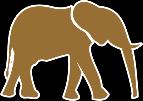
1 Poaching Case 4 Elephant Cases
The Southern Conservation Area and the Amboseli Ecosystem experienced a hot and dry period in July 2025. The weather changed to cold during the month, but without rain. Six cases involving 12 individual animals of veterinary importance were attended during the month. All animals attended had conservation concerns and, more importantly, human-wildlife conflict.
Acknowledgement
We thank Sheldrick Wildlife Trust (SWT) for material support and Mobile Unit funding. KWS Staff, MWCT, and BLF rangers for the field support and the monitoring of distressed wildlife in areas of interest are highly acknowledged and appreciated.
Case Details
7-Jul-25
Four bulls that had been identified as persistent farm raiders were targeted for collaring
7-Jul-25 Elephant Chyulu Hills Collared A request to decommission a collar was received from Amboseli Trust for Elephants
7-Jul-25
Chyulu Hills
A lion was injured by a livestock herder in Imbirikani after the killing of a cow
Four bulls, notoriously known for crop raiding, were traced in Elerai and immobilized for collaring
15-Jul-25 Elephant Kaluku Arrow It had a deep wound that was suspected to have been an arrow injury
July 2025
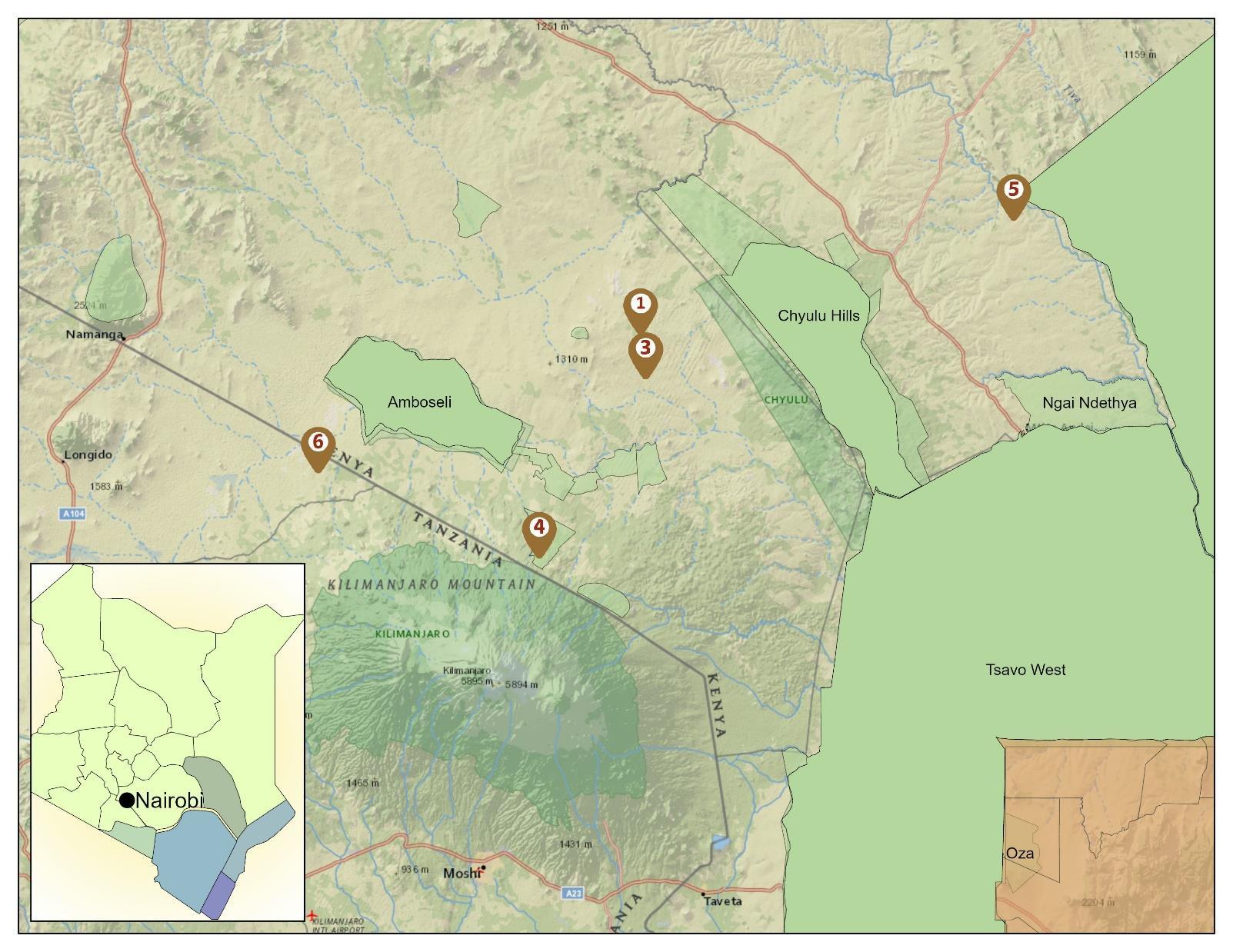

Elephant Collaring
Imbirikani Group Ranch
Four elephant males that had been identified as persistent farm raiders were targeted for collaring. The fixed collars will assist in monitoring and provide early alerts before the bulls enter farms. The Mara Elephants' helicopter helped in immobilizing the bulls for collaring.


Immobilisation, collaring and treatment
The elephants were successfully immobilized using 20mg of Etorphine HCl and attained full immobilization in an average time of 8 minutes.
STE helped in collaring the four bulls. A systemic antibiotic, Amoxicillin 100ml, was given through the intramuscular route to cover for secondary bacterial infections that could arise from the darting wound or stress associated with the immobilization.
Reversal and prognosis
All the bulls were revived using 4ml Naltrexone (an antagonist for the immobilization drug) and favourably woke up shortly after drug administration. Prognosis is good.
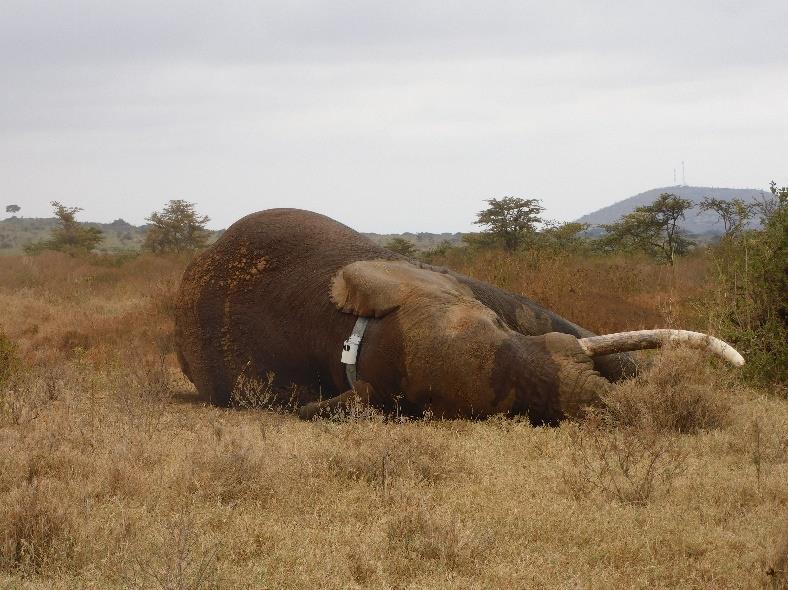

Collaring
Imbirikani Group Ranch
A request to decommission a collar was received from Amboseli Trust for Elephant. The elephant bull had been collared in 2019, and the study period was completed.
Immobilisation, collaring and treatment
The elephant was successfully immobilized using 18mg of Etorphine HCl and attained full immobilization in 7 minutes.
The collar was removed by cutting and pulling while the animal was on lateral recumbency. A systemic antibiotic, Amoxicillin 100ml, was given intramuscularly to cover for bacterial infection on the darting wound.
Reversal and prognosis
The elephant was revived using 4ml Naltrexone (an antagonist for the immobilization drug) and favourably woke up shortly after drug administration.
Prognosis is good.
Unfortunately, there are no pictures of this case.
.
Lion
Human-Wildlife Conflict
Imbirikani Group Ranch
A lion was injured by a livestock herder in Imbirikani after the invasion and killing of a cow. The lion had been treated earlier on 16th June following a similar incidence of livestock raiding.

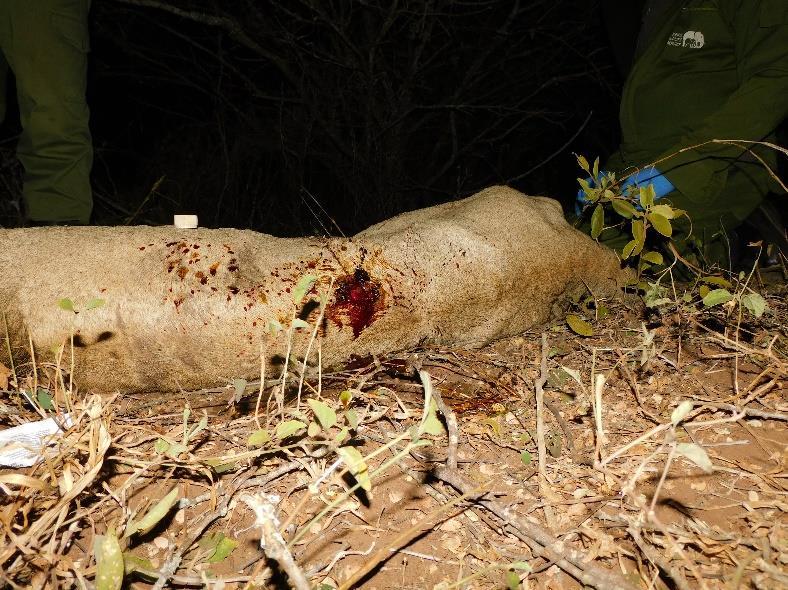
Immobilisation, examination and treatment
The lion was successfully immobilized using a combination of 300mg of Ketamine HCl and Medetomidine. The lion was fully immobilized in 20 minutes.
The lion was found lame and had an old and healed spear injury. Amoxicillin injection was applied to cover for bacterial infection. The lion was put in a cage and revived using Atipamezole (an antagonist for the medetomidine) and favourably woke up after drug administration.
Reversal and prognosis
Following revival, the lion was moved into Amboseli National Park and released at Oldare Springs.
Prognosis is good.
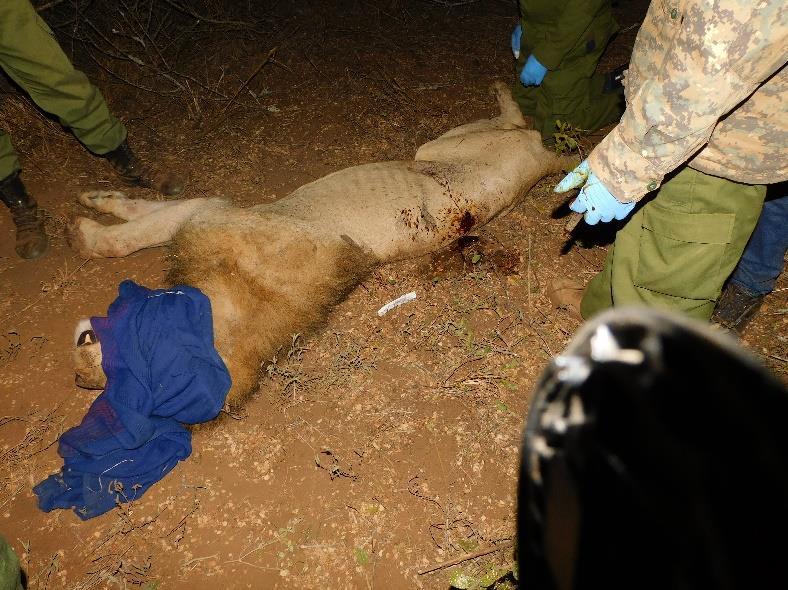

.
Collaring
Satao Elerai Conservancy
Four male elephants, notoriously known for crop raiding, were traced in Elerai and immobilized for collaring. The collars will assist in conflict mitigation.
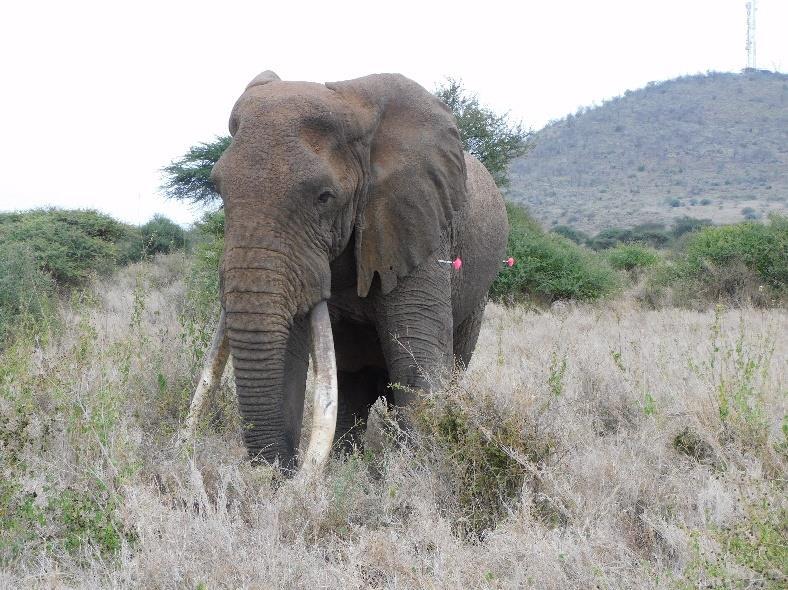
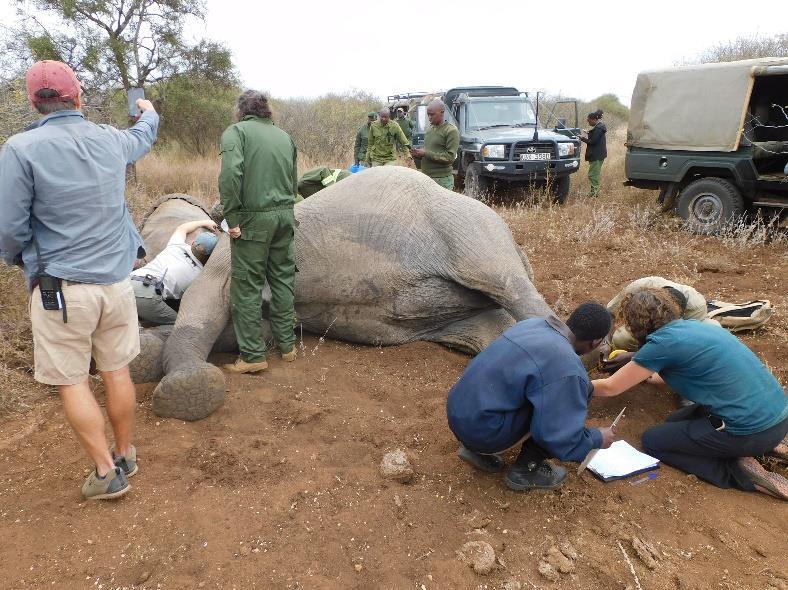
Immobilisation, collaring and treatment
The elephant was successfully immobilized using 18mg of Etorphine HCl and attained full immobilization in 7 minutes.
The collar was removed by cutting and pulling while the animal was on lateral recumbency. A systemic antibiotic, Amoxicillin 100ml, was given intramuscularly to cover for bacterial infection on the darting wound.
Reversal and prognosis
The elephant was revived using 4ml Naltrexone (an antagonist for the immobilization drug) and favourably woke up shortly after drug administration.
Prognosis is good.

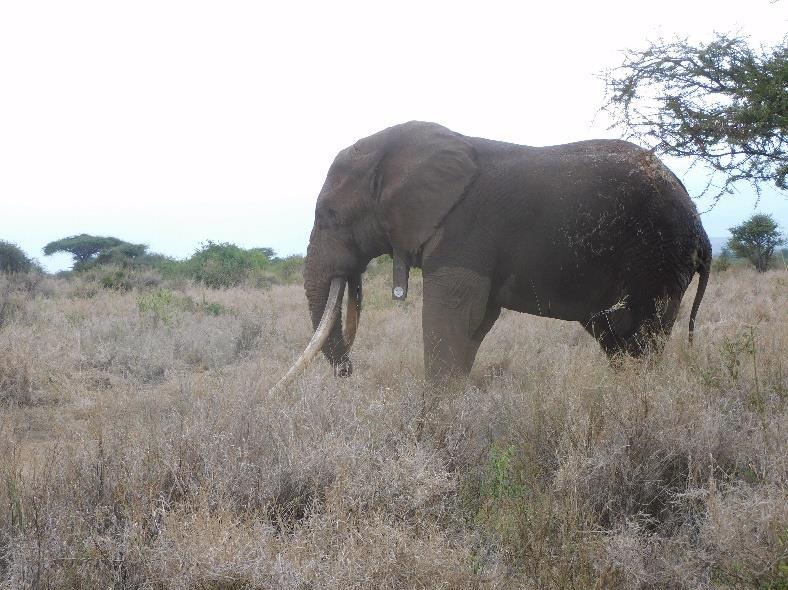
Case 5 – 15th August 2025
Elephant Arrow Kaluku, Tsavo
An elephant reported sickly and immobile on 14th July was found dead in Ngazi on 15th July 2025.
Postmortem examination
The elephant was located next to a farm fence after crossing the Athi River.
The carcass was dehydrated and had haemorrhages and congestion on most body organs. More significantly, it had a deep wound that was suspected to have been an arrow injury. The wound was heavily infected and likely contributed to the cause of death.
Cause of death
Possibly due to complications arising from the suspected arrow injury.

Baboon Collaring Amboseli National Park
Baboon Trust has over 50 years of research on baboons in Amboseli. The Trust follows a group of approximately 400 baboons in the Amboseli Ecosystem. This family of baboons is routinely followed using both GPS and VHF collars.
Immobilisation and collaring
Five baboons were immobilized, sampled, and 3 collared using VHF (3) and GPS (2) collars. Data, including body mass, long bone measurements, tooth casts, hair samples, and blood samples for genetics, were collected. Two VHF collars were deployed on 2 females and one male. The two GPS collars were deployed on a male and a female.
The Immobilized baboons presented with good body condition and weighed between 8kg-26kg. The dental formulae and examined lymph nodes were normal in size, with a few slightly enlarged. Enlarged lymph nodes were attributed to females on active menstrual periods or males with minor wounds/injuries. Few males had broken teeth and slightly swollen lymph nodes. The above conditions confirmed the fitness that followed the fixing of the VHF and GPS collars. Blood, skin, and hair samples were collected for further analysis. Cardiac monitoring devices were fixed in two female baboons. Few of the baboons manifested with ectoparasites (ticks and mites).

